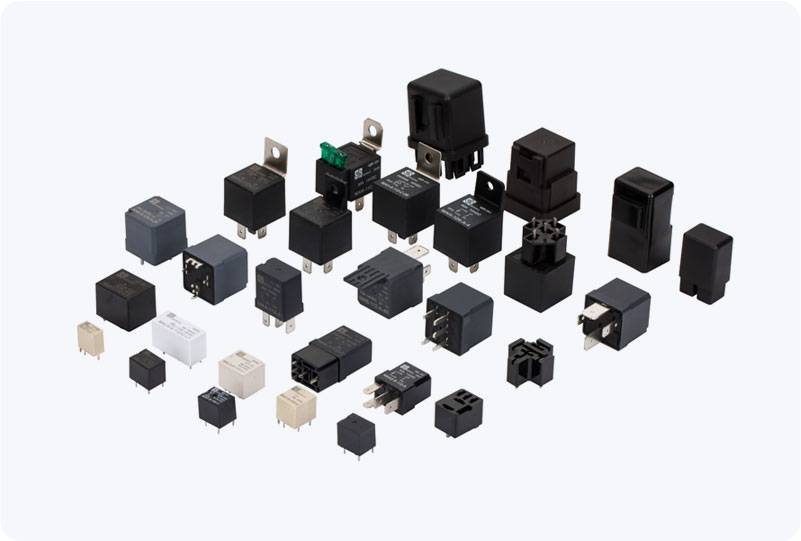PCB electromagnetic relays are vital components in modern electrical and electronic systems. These devices are designed to control high power circuits while providing electrical isolation between the control circuit and the load circuit. This article discusses the working principle of PCB electromagnetic relays, their key features, applications, and advantages, thus providing a comprehensive understanding of their importance in various industries.

Working Principle The operation of a PCB electromagnetic relay is based on electromagnetic induction. When an electric current passes through the electromagnetic coil, it generates a magnetic field that attracts a movable armature. This armature is connected to a set of contact points, which may either open or close the circuit depending on the relay’s design. When the magnetic field is strong enough, it pulls the armature towards the coil, causing the contacts to switch states. Once the current is removed, the magnetic field collapses, and a spring mechanism returns the armature and contacts to their original positions.